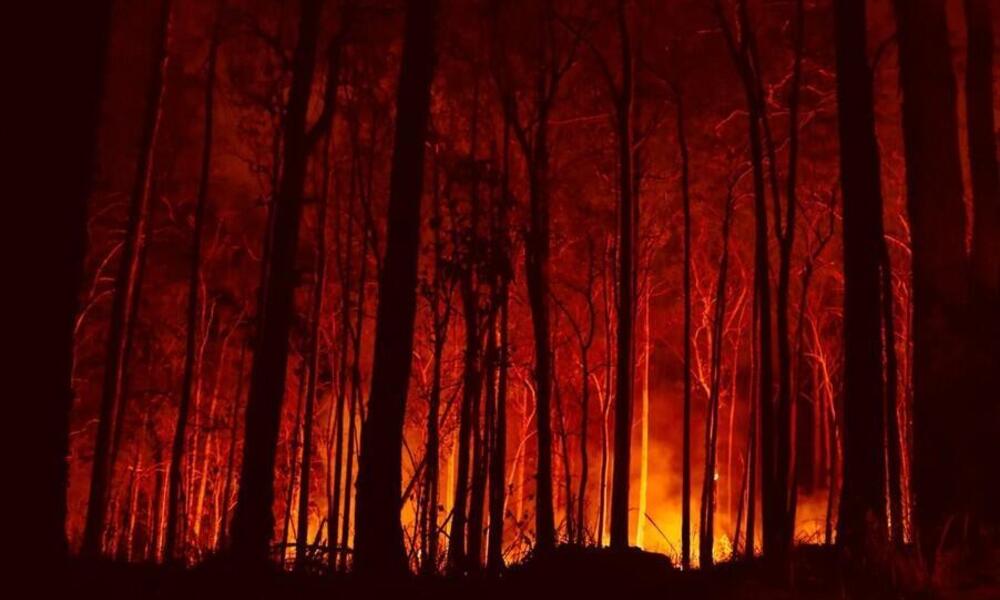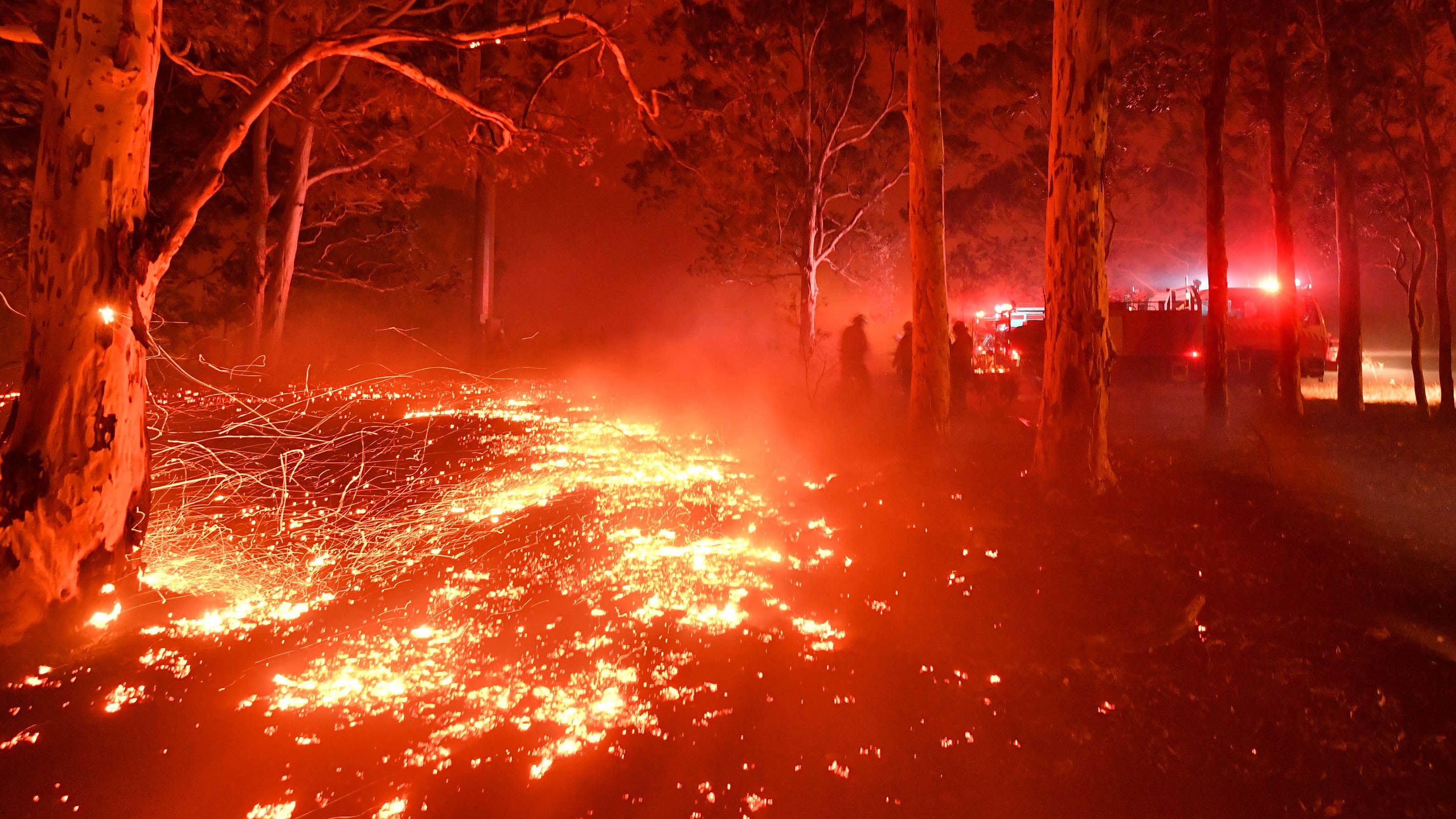Bushfire Risk Assessment Demystified: Exactly How to Analyze and Act on Your Results
Bushfire Risk Assessment Demystified: Exactly How to Analyze and Act on Your Results
Blog Article
Necessary Tips for Bushfire Management to Ensure Fire Protection

Recognizing Bushfire Risk Degrees
Comprehending the varying degrees of bushfire threat is crucial for effective planning and prep work in mitigating possible dangers to residential properties and lives. Bushfire threat degrees are generally classified based upon variables such as weather condition conditions, gas availability, topography, and historic fire behavior. By understanding these threat areas, people and levels can proactively carry out methods to decrease susceptability and enhance resilience despite potential bushfire events.
The first level of bushfire threat is low danger, where the possibility of a bushfire taking place and causing significant injury is minimal. This level often happens during durations of low temperatures, moderate humidity, and minimal wind speeds. Modest threat degrees show a raised possibility for bushfires because of intensifying weather or fuel availability. High-risk degrees indicate a significant risk, with conditions for fast fire spread and severe fire behavior. Extreme danger degrees are one of the most crucial, positioning unavoidable danger to properties and lives due to extreme weather and very combustible fuels.
Understanding these bushfire risk levels enables stakeholders to customize their readiness and feedback activities appropriately, ensuring a positive and efficient technique to bushfire administration.
Establishing a Defensible Room
Effective bushfire management begins with establishing a defensible space around residential properties to improve protection versus possible fire hazards. A defensible space is a buffer zone that produces a barrier between a structure and the bordering combustible plants. This area serves as an essential line of defense, providing firemens a secure area to run and assisting to reduce the threat of a fire spreading out to the building.
When establishing a defensible room, it is vital to consider the design of the building and the surrounding landscape. Cleaning vegetation, especially very combustible plants, within a specific radius of the residential or commercial property can help avoid the rapid spread of fires. Additionally, keeping a well-irrigated area around the property can further improve its defensibility.
Normal maintenance of the defensible area is critical to guarantee its performance. This consists of trimming overhanging branches, getting rid of dead plant life, and maintaining the location cost-free of debris. By investing time and effort right into establishing and preserving a defensible room, residential property proprietors can substantially improve their opportunities of shielding their homes and properties throughout a bushfire.
Applying Fireproof Landscape Design
When developing landscapes to alleviate the threat of bushfires, incorporating fire-resistant elements is necessary for boosting property protection and lowering fire More hints hazards. Applying fireproof landscape design entails critical preparation to produce a defensible space around structures. Begin by selecting fireproof plant types that are less likely to spark and create lower levels of combustible products. Select plants with high dampness content, reduced oil material, and minimal dead vegetation to decrease the threat of fire spread. Furthermore, keep adequate spacing in between plants and keep them effectively pruned to avoid fire from quickly leaping in between plant life.

Developing an Emergency Situation Evacuation Plan
Developing a comprehensive emergency emptying strategy is essential for making sure the security and health of individuals during prospective bushfire events (BAL Assessment). An effective evacuation plan must lay out clear procedures to follow in the occasion of a bushfire threat, including designated emptying routes, setting up factors, and interaction procedures
To start creating an emergency situation evacuation plan, it is important to evaluate the certain risks and vulnerabilities of your location. Determine numerous evacuation paths that bring about safe locations away from the fire, considering aspects such as terrain, road availability, and possible hazards. Establish interaction channels to sharp residents of an approaching evacuation, utilizing approaches such as alarms, text notifies, or door-to-door notifications.
Frequently evaluation and practice the emptying plan with all residents or community members to ensure every person comprehends their roles and obligations. Conduct drills to test the effectiveness of the plan and make any type of needed adjustments. By having a well-prepared discharge plan in place, you can enhance the opportunities of a orderly and safe emptying during a bushfire emergency.
Keeping Fire Safety And Security Equipment
After establishing a thorough emergency emptying prepare for bushfire cases, it is important to focus on the routine maintenance of fire security equipment to ensure optimal capability and preparedness. Normal maintenance of fire safety devices such as fire extinguishers, smoke alarm, emergency alarm, and lawn sprinkler is essential in guarding lives and building during a bushfire. Carrying out regular evaluations, testing, and servicing of these tools by certified experts is important to ensure they remain in functioning order when required.
Fire extinguishers need to be examined regularly for pressure degrees, noticeable damage, and appropriate performance. Smoke alarm have to have look at this website their batteries changed at the very least when a year and undergo regular monthly testing to guarantee they are functional. Emergency alarm and lawn sprinkler ought to be examined occasionally to verify they are connected and functioning correctly. In addition, it is necessary to maintain fire security tools accessible, unhampered, and plainly classified for very easy identification throughout an emergency. By vigilantly maintaining fire safety devices, individuals can boost their readiness and reaction abilities in case of a bushfire.
Conclusion
In conclusion, efficient bushfire administration entails understanding danger degrees, creating defensible spaces, carrying out fireproof landscape design, creating emptying strategies, and keeping fire safety devices. By following these crucial ideas, individuals can ensure much better fire protection and safety for their buildings and communities. It is very important to prioritize proactive procedures to reduce the dangers related to bushfires and to be prepared for emergency situations.
By understanding the subtleties of bushfire risk degrees, creating defensible spaces, executing fireproof landscape design, creating extensive emptying plans, and making certain the upkeep of fire safety and security tools, neighborhoods and people can considerably boost their strength versus the ravages of wildfires - Bushfire Risk. These tips are not just critical for protecting versus instant fire hazards however additionally for promoting long-term fire protection methods that can make a substantial difference in the face of rising bushfire threats
High-risk levels symbolize a substantial risk, with problems helpful to fast fire spread and extreme fire habits. Routine upkeep of fire safety and security tools such as fire extinguishers, smoke detectors, fire alarms, and sprinkler systems is crucial in guarding lives and building throughout a bushfire.In final thought, efficient bushfire monitoring involves comprehending threat degrees, developing defensible areas, executing fireproof landscape design, establishing evacuation strategies, and preserving fire safety tools.
Report this page